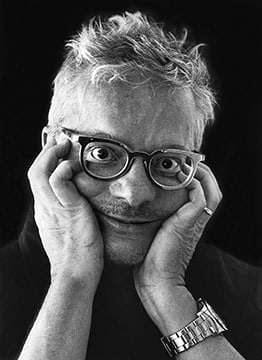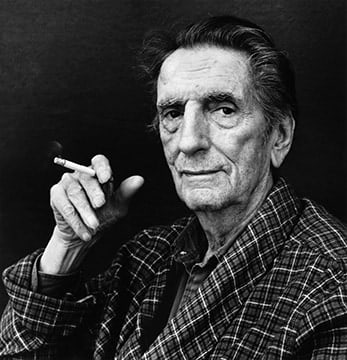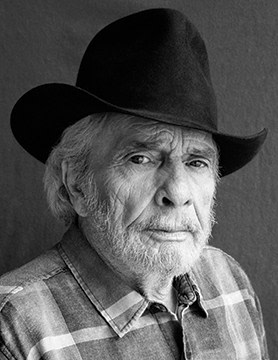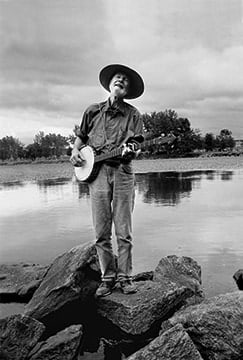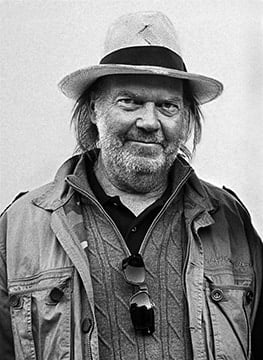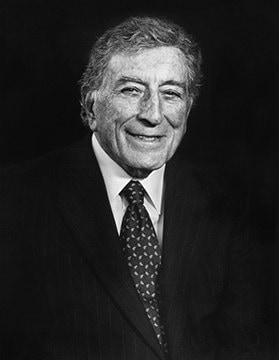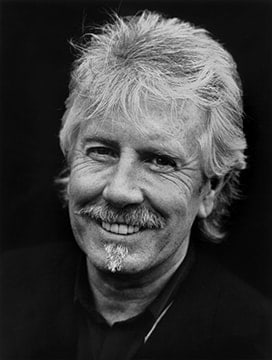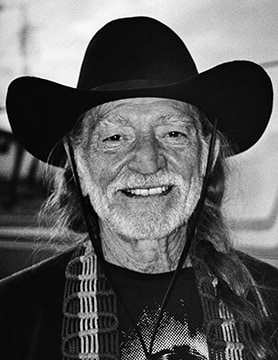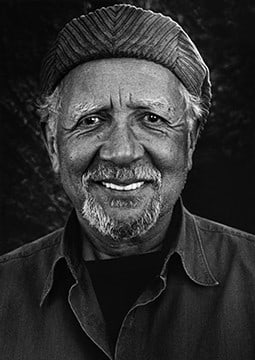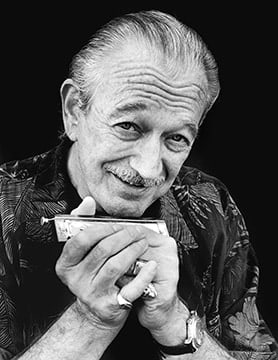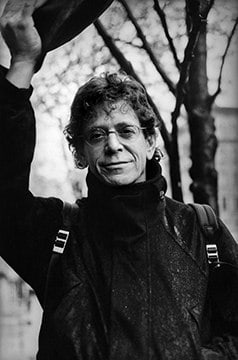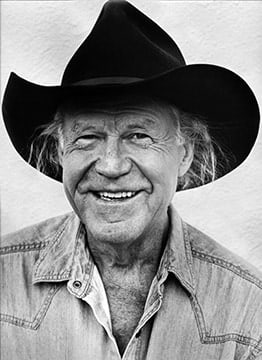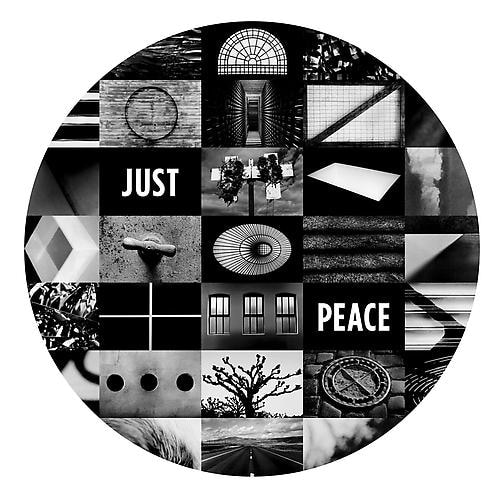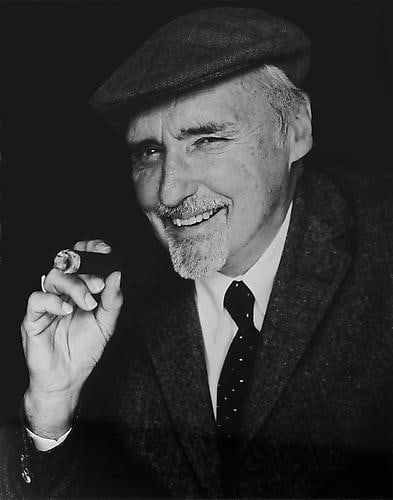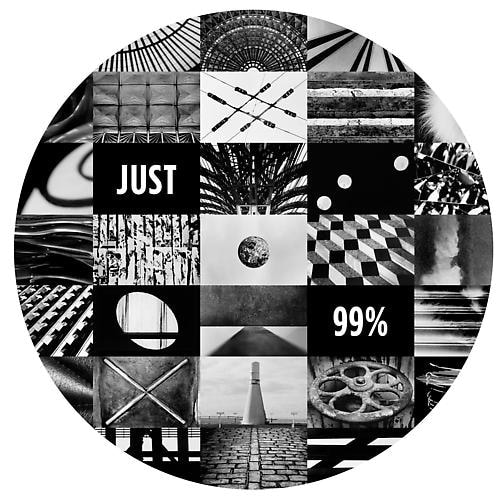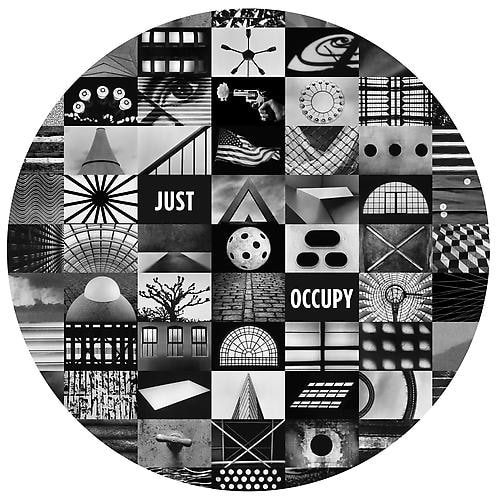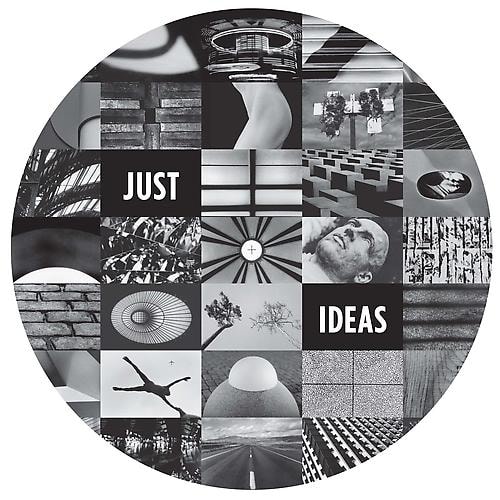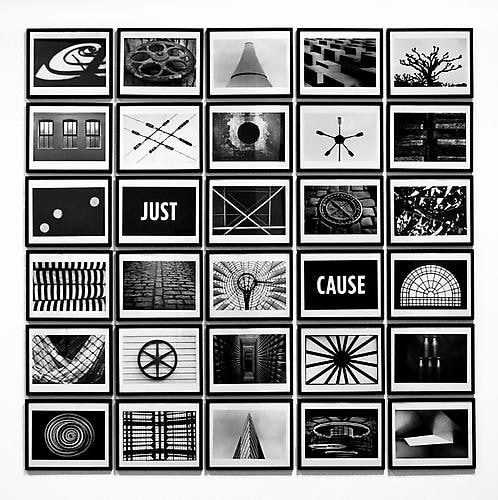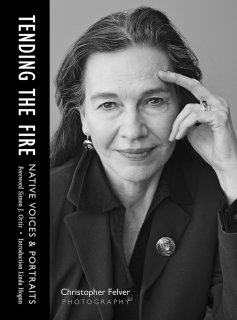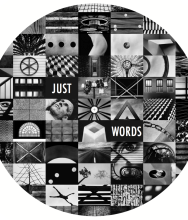In his latest presentation at the Berman Gallery in Santa Monica, the iconic filmmaker/photographer, Chris Felver, has ignited the eye, with what I’ll call aleatoric circular forms. Influenced by the artistic presence of Donald Judd, the grouped circular forms contain photography culled from disparate psycho/physical locales that include Prague, Paris, and Berlin. The trilogy of circles are uniform in size its images structured by a Donald Judd like architectural squares. The circles are inhabited by 150 images that fill and thereby sustain the totality of the circles. When viewed while in motion via a side-long glance they flood the retina as black and white blurs, and cast an aleatoric mist that seems to spontaneously rotate as an odd concussive whirling. Again, they spin as sidelong blurs giving the impression of a hybrid form of cinema. In this sense they are a continuum of Felver’s quest to expand the portrait as an alchemical image of consciousness.
When Felver proto-chrystalizes Judd he opens for us a mirror where analysis seems moved by susurrant enrichment. And this enrichment invigorates what I’ll call an interior mathematics whose equations are not unequal to Judd’s autonomous exploration, an exploration that in Felver’s case, symbolizes living nutation that evinces a spell of interior riches. But unlike Judd, instead of an an autonomous sculpting that irradiates from stationary space, Felver’s circles imply a simultaneity over and beyond the seeming stasis which accrues from a static singularity that registers, say, as transposed office space.
There exists in this present evaluation the dominant nexus of the side-long view as density via movement, not in terms of measurable extrinsics, but as movement more akin to occulted cellular respiration as expression. Because such respiration never impedes its own synergy one begins to experience through one’s optical state, a living field that quietly engages the viewer with what I’ll call neural irrigation. When life happens at this deeper state it is many times unsuspected by a less discerning consciousness. Let us take for example, the manner in which trees grow and expand, or to extend this to cosmic reference, I feel compelled to compare Felver’s occulted motion to that of Uranus or the outer figments of our solar family, namely Pluto, Eris, or perhaps the dwarf planet Sedna, the latter evincing a single rotation synchronous with the span of 11 thousand years as it rounds the Sun. It is this latter example of movement that is akin to Felver’s nutation which typically fails to garner basic acknowledgment when exposed to the commercially vetted eye. It is to Felver’s credit that his circular conundrums elicit comparison with the farthest known elements of our local solar family, while at the same time creating an arresting presence in an environment seemingly dominated by the whims of those who remain as distracted passers-by.


